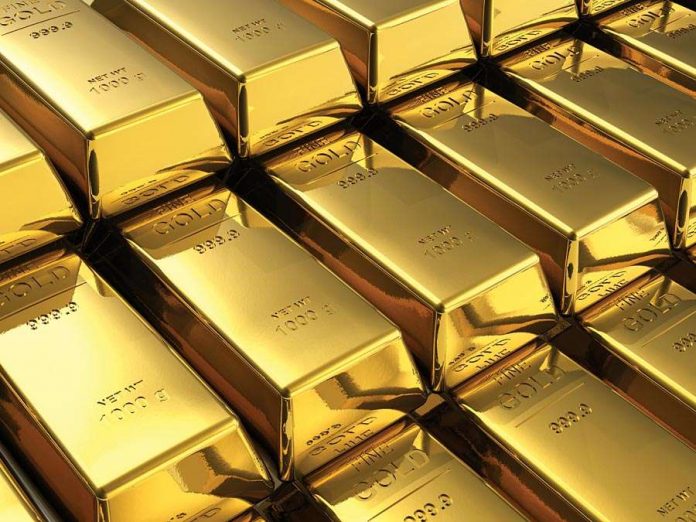Copper and gold prices are signaling the markets are expecting a period of economic troubles ahead amid banking scares, war and worries about a possible recession.
Copper prices dropped from 9.44 in January 2023 to a low of about 8 dollars per kg a few days ago. Gold prices in the same period climbed from 1928 to over 2000 dollars per ounce.
Both metals have their uses but the significance is totally different, writes eToro analyst for Romania, Bogdan Maioreanu. The red metal, copper, is an industrial necessity and an indicator of economic growth. The yellow metal, gold, is mainly looked at as a safe haven for investors though it has other industrial roles too.
The copper to gold ratio is showing a risk off attitude of the market and an appetite for 10 years US treasuries. The indicator has been on a downward trend which started last year at the end of May, recovered some of the losses between July 2022 and January this year and continued its descent since. The banking scare, China economic data below expectations and recession fears are reducing the risk appetite of investors.
Gold is a metal that kept its value over time, virtually all extracted quantities being still present today. About 244,000 metric tons of gold has been discovered to date (187,000 metric tons historically produced plus current underground reserves of 57,000 metric tons). Most of that gold has come from just three countries: China, Australia, and South Africa. All of the gold discovered thus far would fit in a cube that is 23 meters wide on every side.
For comparison, to date, roughly 700 million metric tons of copper have been produced around the world and identified deposits contain an estimated 2.1 billion metric tons, which brings the total amount of discovered copper to 2.8 billion metric tons. This would fit into a cube measuring 680 meters on a side. But copper has a very important industrial role as generation and transmission of electricity, electrical and electronic devices would not be possible without it.
The recent decrease in copper prices is signaling that the market fears a slowdown in demand. The latest news confirming this came out of the Chinese property market. New data showed slowing growth in home prices during April, reinforcing the consensus that China’s reopening optimism is fading and recovery is driven by the consumer rather than a typical property and industrial activity. This is weighing on copper and other base metals along with recession fears in the U.S. and elsewhere. Copper stocks in London Metal Exchange warehouses at 86,625 tonnes have risen 70% over the past four weeks to their highest since January, pointing to a decrease in demand.
Gold demand in Q1 showed a mixed picture too, but the gold prices increased as the news from the banking sector pointed to a problem there, albeit limited to specific banks. Total gold demand was 13% lower year on year but demand from Central Banks experienced a steep increase reaching 228 tons. Basically four banks accounted for the majority of the purchases: Singapore, was the single largest buyer with 69 tons, followed by People’s Bank of China (58 tons), Bank of Turkey (45 tons) and Bank of India (7 tons).
For investors gold might be a vehicle to diversify. While not producing yield, the price of gold versus dollar increased 53% in the past 5 years and almost 9% from the beginning of this year. According to eToro Retail Investor Beat survey, 55% of Romanian investors are currently investing or plan to invest in commodities, including oil, gold and copper.
BBC: Gold coin found in Transylvania proves that ‘fake’ Roman emperor did exist
















